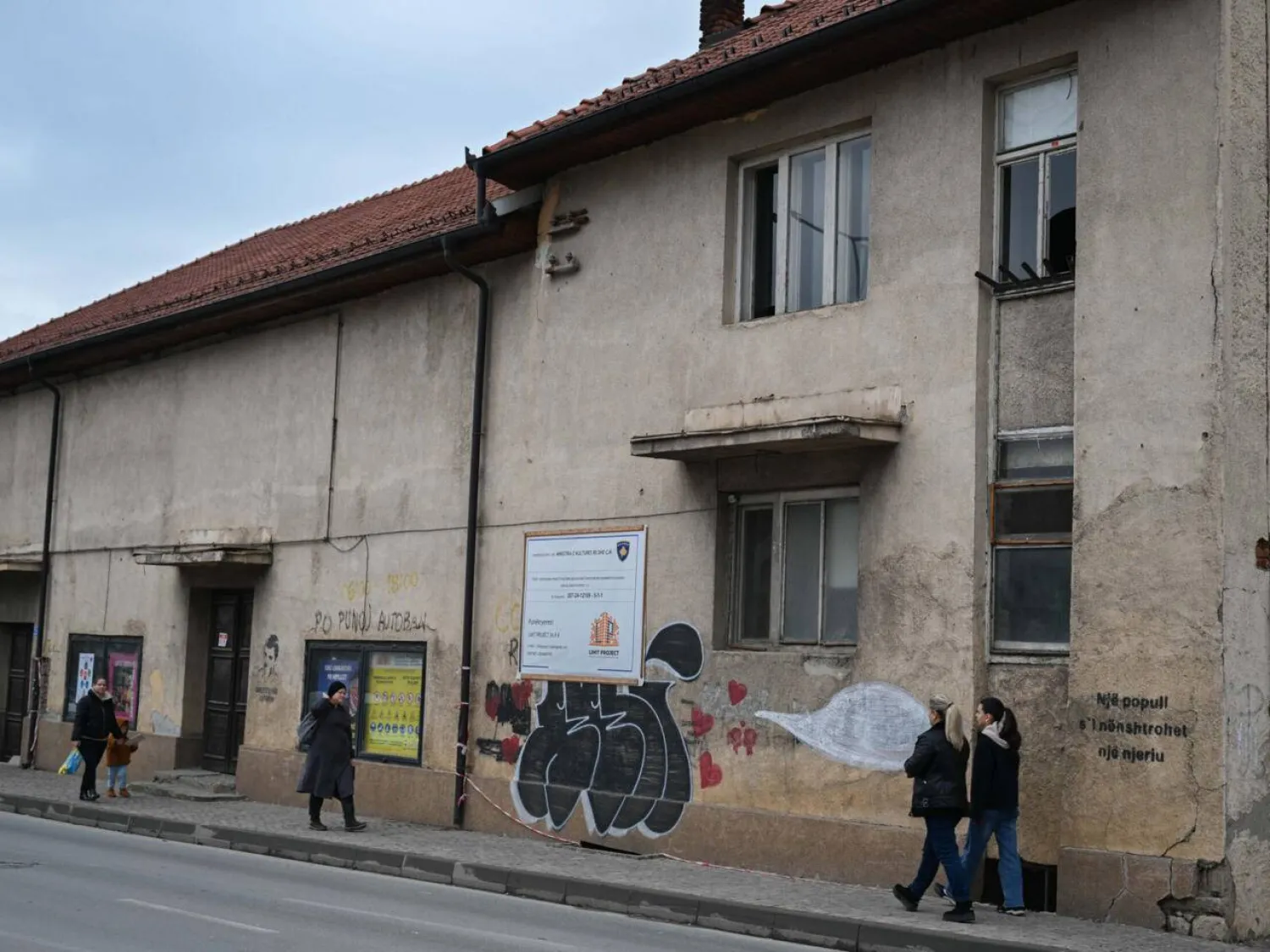A bronze statue from the Titanic — not seen in decades and feared to be lost for good — is among the discoveries made by the company with salvage rights to the wreck site on its first expedition there in many years.
RMS Titanic Inc., a Georgia-based company that holds the legal rights to the 112-year-old wreck, has completed its first trip since 2010 and released images from the expedition on Monday. The pictures show a site that continues to change more than a century later.
The trip to the remote corner of the North Atlantic Ocean where the Titanic sank happened as the US Coast Guard investigates the June 2023 implosion of the Titan, an experimental submersible owned by a different company. The Titan submersible disaster killed all five people on board, including Paul-Henri Nargeolet, who was director of underwater research for RMS Titanic.
The findings from this summer's trip “showcase a bittersweet mix of preservation and loss,” RMS Titanic said in a statement. A highlight was the rediscovery of the statue “Diana of Versaille,” last seen in 1986, and the statue now has a clear and updated image, the company said.
On a sadder note, a significant section of the railing that surrounds the ship bow's forecastle deck has fallen, RMS Titanic said. The railing still stood as recently as 2022, the company said.
“The discovery of the statue of Diana was an exciting moment. But we are saddened by the loss of the iconic Bow railing and other evidence of decay which has only strengthened our commitment to preserving Titanic’s legacy," said Tomasina Ray, director of collections for RMS Titanic.
The crew spent 20 days at the site and returned to Providence, Rhode Island, on Aug. 9. They captured more than 2 million of the highest resolution pictures of the site ever to exist, the company said.
The team also fully mapped the wreck and its debris field with equipment that should improve understanding of the site, RMS Titanic said. The next step is to process the data so it can be shared with the scientific community, and so “historically significant and at-risk artifacts can be identified for safe recovery in future expeditions,” the company said in a statement.
The company said prior to the expedition that it had an especially important mission in the wake of Nargeolet's death.
The Coast Guard's investigation will be the subject of a public hearing later in September.
Nargeolet's family filed a wrongful death lawsuit against the Titan sub's operator OceanGate, which suspended operations after the implosion. OceanGate has not commented publicly on the lawsuit, which was filed in a Washington state court.









